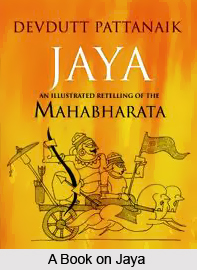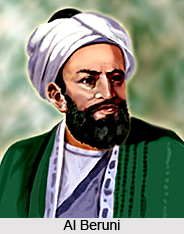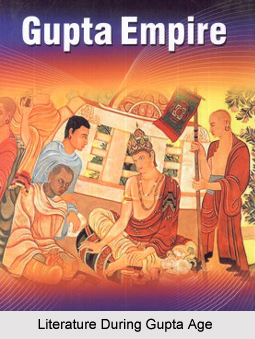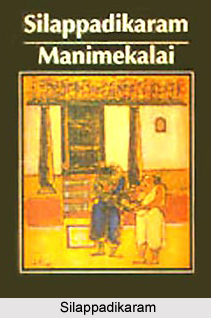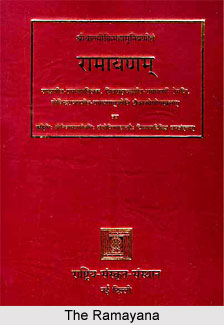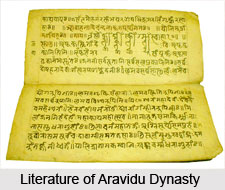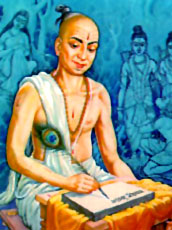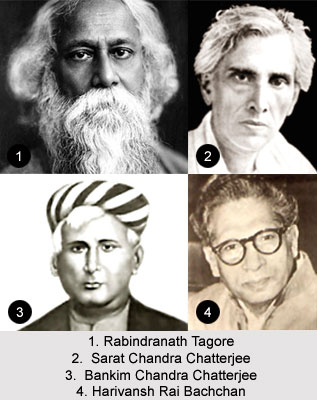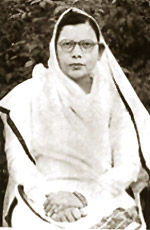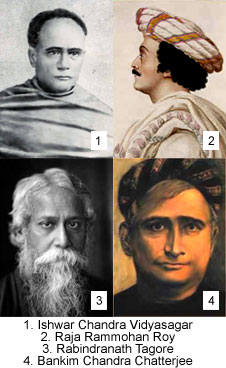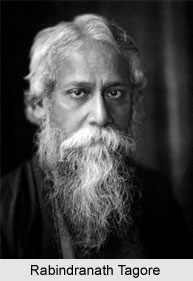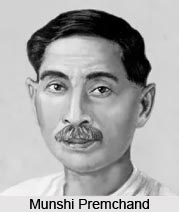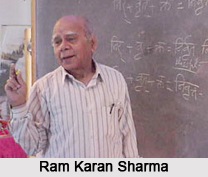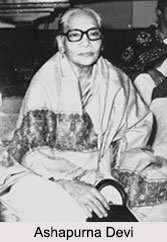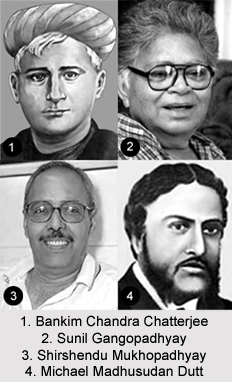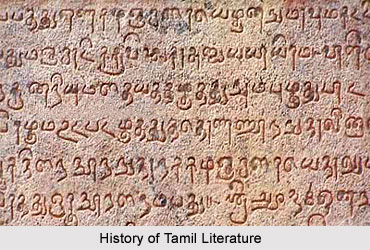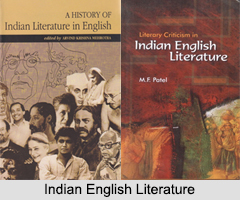Chapter two is largely Shiva`s response to Parvati`s questions in the first chapter, and begins with the assertion that man`s steady degradation in the Kali Yuga has rendered Vedic ritual and practice ineffective in attaining Moksha. He also asserts that Brahman is the supreme spirit and is the only path to salvation in the Kali age.
Asserting that he is the one true lord and that all the Vedas, Smritis and Sanghitas of earlier ages are powerless, Lord Shiva proclaims that the Agama is the only means of salvation in the Kali yuga, the Vedas and Vedic ritual rendered ineffective by man`s spiritual failings.
He also observes that hitherto his answers and guidance were always subjective to the questioner and his needs, while Parvati`s question, asking for the whole of humanity is indeed unique in his experience.
He then dwells on the nature of Brahman, declaring that the Brahman is the sole purpose of worship and piety in the Kali age, if one wishes to attain salvation.
The Brahman, according to Shiva, is merely the One, the indivisible unity of which the stuff of the universe is composed. To quote the Mahanirvana Tantra,
`He is the Truth. He is the Supreme Unity without a second. He is Ever-full and Self-manifest. He is Eternal Intelligence and Bliss .`
Ascribing these qualities to the ineffable Brahman, Shiva thence explains that Brahman sways the universe and knows all, though none know Brahman, since he is beyond the intellect of men. He also tells Parvati that she, the supreme Prakriti (nature) is adored by all as an aspect of Brahman, and that all human action is moved by the presence of the Brahman in each soul. None are independent of Brahman, not even Lord Shiva himself.
Brahman is the entity known as Yat Tat (that which is in Sanskrit) in the Vedanta and all the gods and every blade of grass are just its varied forms. Shiva then reasons that if anything is done to gratify Brahman, it is consequently done to gratify all of existence, since Brahman is the totality of existence, underscoring the potency of worshipping Brahman in a depraved age.
`Need there is none to trouble, to fast, to torture one`s body, to follow rules and customs, to make large offerings; need there is none to be heedful as to time nor as to Nyasa or Mudra, wherefore, O Kuleshani! who will strive to seek shelter elsewhere than with Him? (53-54).`
Thus ends the second chapter, further illustrating the power of worshipping Brahman that renders unnecessary all pieties and austerities since anyone seeking solace in Brahman is immediately delivered from sin and edified.
